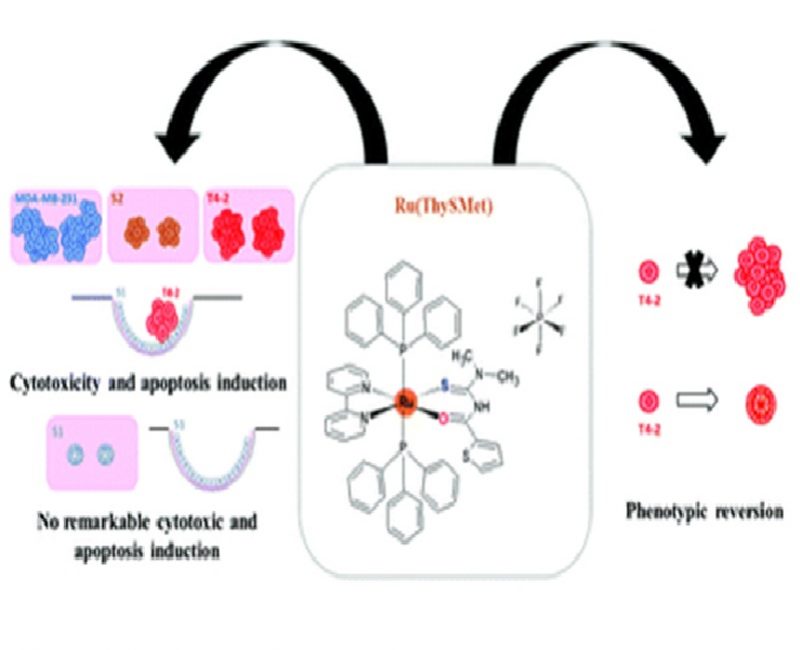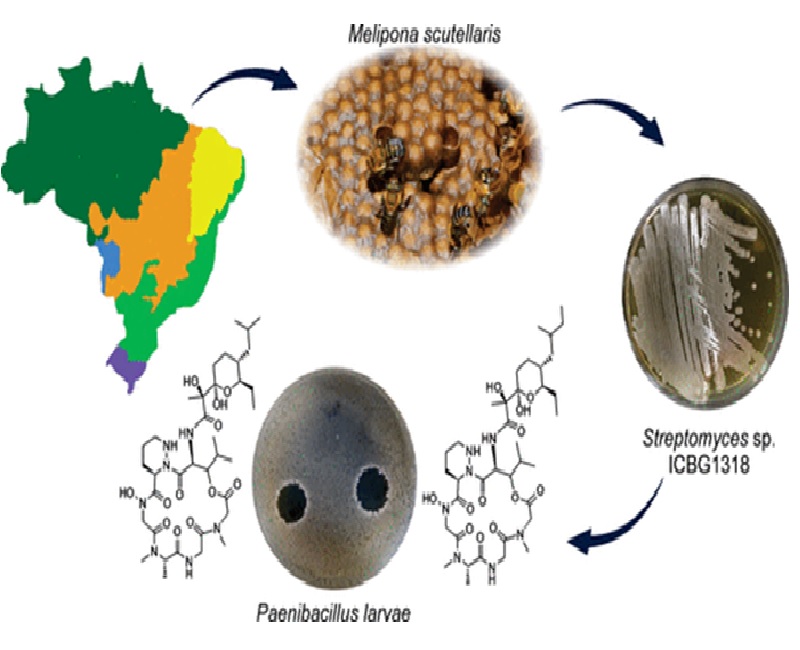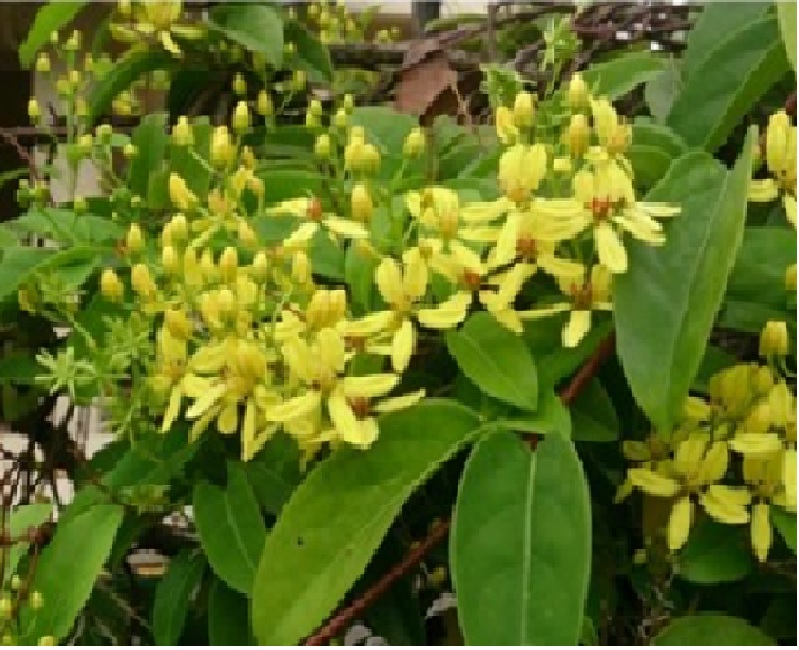
Authors:
Bernardes, Carolina P. 1 ; Santos, Neife A. G. 1 ; Sisti, Flavia M. 1 ; Ferreira, Rafaela Scalco 1 ; Santos-Filho, Norival A. 2 ; Cintra, Adelia C. O. 2 ; Cilli, Eduardo M. 2 ; Sampaio, Suely V. 1 ; Santos, Antonio C. 1
Abstract:
Venom small peptides that target neurotrophin receptors might be beneficial in neurodegeneration, including Parkinsońs disease (PD). Their small size, ease of synthesis, structural stability and target selectivity make them important tools to overcome the limitations of endogenous neurotrophins as therapeutic agents. Additionally, they might be optimized to improve resistance to enzymatic degradation, bioavailability, potency and, mainly, lipophilicity, important to cross the blood brain barrier (BBB). Here, we evaluated the neuroprotective effects and mechanisms of the synthetic snake-venom-based peptide p-BTX-I (Glu-Val-Trp) in PC12 cells treated with MPP+ (1-methyl-4-phenylpyridinium), a dopaminergic neurotoxin that induces Parkinsonism in vivo. The peptide p-BTX-I induced neuritogenesis, which was reduced by (i) k252a, antagonist of the NGF-selective receptor, trkA (tropomyosin receptor kinase A); (ii) LY294002, inhibitor of the PI3 K/AKT pathway and (iii) U0126, inhibitor of the MAPK-ERK pathway. Besides that, p-BTX-I also increased the expression of GAP-43 and synapsin, which are molecular markers of axonal growth and synaptic communication. In addition, the peptide increased the viability and differentiation of cells exposed to MPP+, known to inhibit neuritogenesis. Altogether, our findings suggest that the synthetic peptide p-BTX-I protects PC12 cells from MPP+ toxicity by a mechanism that mimics the neurotrophic action of NGF. Therefore, the molecular structure of p-BTX-I might be relevant in the development of drugs aimed at restoring the axonal connectivity in neurodegenerative processes.
1 School of Pharmaceutical Sciences of Ribeirão Preto, University of Sao Paulo, FCFRP-USP, Ribeirao Preto, São Paulo, Brazil
2 Institute of Chemistry, Universidade Estadual Paulista, IQ-UNESP, Araraquara, São Paulo, Brazil
Link to article: https://www.sciencedirect.com/science/article/pii/S019697811830086X?via%3Dihub







